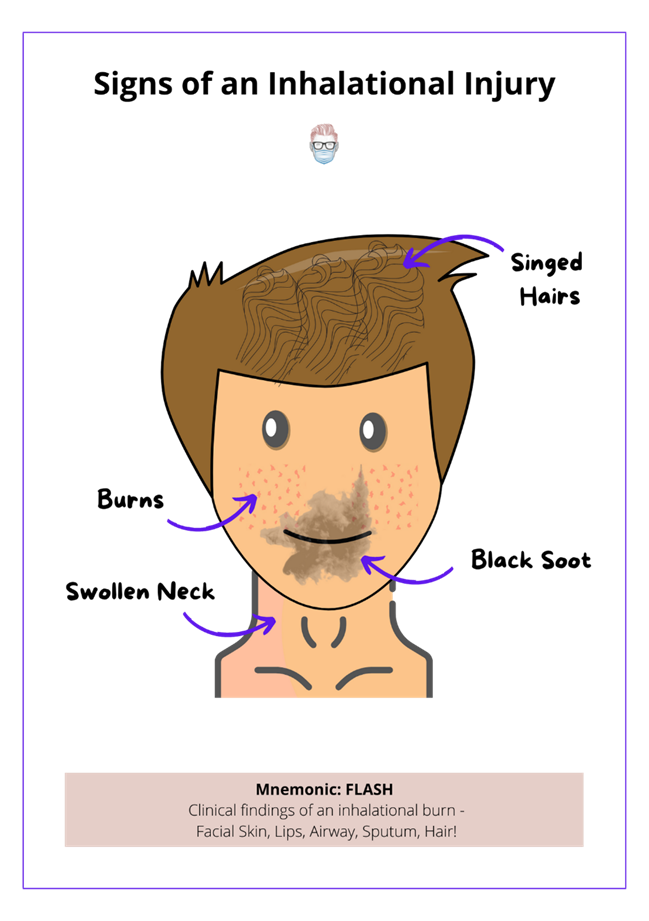A nurse is caring for a client who wanders through the halls yelling obscenities at staff, other clients, and visitors. Which of the following action should the nurse take?
Administer a sedative to the client
Contact a family member to come and sit with the client
Place the client in a wheelchair with a lap tray
Keep the client in her room with the door closed
The Correct Answer is B
a. Administer a sedative to the client:
Administering a sedative may temporarily calm the client, but it should not be the first-line intervention, especially without a physician's order. Sedatives carry risks and should only be used when other interventions have been considered and deemed ineffective or when the client's behavior poses an immediate danger to themselves or others.
b. Contact a family member to come and sit with the client: could indeed be a valid first step. If a family member is available and able to assist, they could potentially calm the client without the need for isolation and reducing disruptive behavior. However, if this is not feasible, then ensuring the client’s safety through temporary isolation with frequent checks might be necessary.
c. Place the client in a wheelchair with a lap tray:
Placing the client in a wheelchair with a lap tray may restrict their movement and potentially exacerbate agitation or aggression. It does not address the underlying reasons for the behavior and may not be an appropriate intervention for managing wandering behavior.
d. Keep the client in her room with the door closed:
Isolating a client in their room could be considered a form of restraint or isolation and should be used with caution. This should be used only after other less restrictive measures have been tried and deemed ineffective.
Nursing Test Bank
Naxlex Comprehensive Predictor Exams
Related Questions
Correct Answer is D
Explanation
a. A client who reports night sweats and fever for the last week:
Night sweats and fever can be indicative of various underlying conditions, including infections. While these symptoms may require medical attention, they do not necessarily indicate an immediately life-threatening condition compared to other options.
b. A client who has compound fractures of the tibia and humerus:
Compound fractures involve broken bones that penetrate through the skin, leading to a risk of severe bleeding, infection, and other complications. This client's injuries are significant and require immediate attention to prevent further complications and provide pain management and stabilization.
c. A client who reports severe vomiting and diarrhea:
Severe vomiting and diarrhea can lead to dehydration, electrolyte imbalances, and other complications, especially if prolonged or accompanied by other symptoms such as fever. While this client requires prompt assessment and treatment, the urgency may not be as high as for other conditions.
d. A client who has soot markings around each naris following a house fire:
Soot markings around the nares (nostrils) suggest inhalation injury, which can lead to airway compromise, respiratory distress, and other serious complications. This client requires immediate assessment and intervention to ensure airway patency, oxygenation, and respiratory support.

Correct Answer is A
Explanation
a. Document an objective description of the situation:
It is important to start by documenting the observed behavior objectively. This documentation can serve as a factual record of the incident.
b. Schedule a formal meeting with the LPN within 48 hours:
While addressing the issue promptly is important, scheduling a formal meeting should come after documenting the situation. The initial step is to gather information and document observations.
c. Interview clients about the nurse’s actions:
Interviewing clients may be necessary later in the investigation process, but the immediate action should be to document the observed behavior and then proceed with a more formal investigation if needed.
d. Check the unit narcotic records for discrepancies:
The issue at hand appears to be related to alcohol use rather than narcotics. While discrepancies in narcotic records might be a concern, it may not be the most relevant action based on the situation described.
Whether you are a student looking to ace your exams or a practicing nurse seeking to enhance your expertise , our nursing education contents will empower you with the confidence and competence to make a difference in the lives of patients and become a respected leader in the healthcare field.
Visit Naxlex, invest in your future and unlock endless possibilities with our unparalleled nursing education contents today
Report Wrong Answer on the Current Question
Do you disagree with the answer? If yes, what is your expected answer? Explain.
Kindly be descriptive with the issue you are facing.
